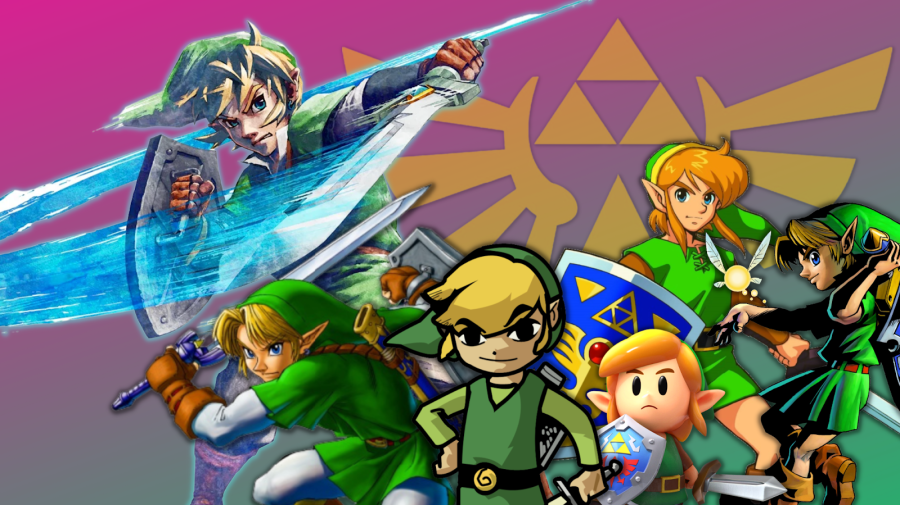
The Legend of Zelda series has now been around long enough to live up to its name. With over 35 years of top-notch titles in its inventory, Nintendo’s hit is legendary by any gamer’s standards. Regardless of era or genre, many of the series’ 19 main entries are considered among the best games ever made.
Link’s quest to save Zelda and (usually) the land of Hyrule, all while reuniting the pieces of the Triforce, began back in 1986. The series has come a long way since that Nintendo Entertainment System (NES) title. While the gameplay has always boasted an inspired balance of action, exploration, puzzle-solving, side quests, world-building and story, The Legend of Zelda: Breath of the Wild, for example, is an open-world take on the typical Zelda formula, and it quickly became one of the most popular games on the Nintendo Switch.
With the Breath of the Wild sequel on the horizon, we’re taking a look back on The Legend of Zelda and its enduring impact — on both video games and pop culture at large.
Why Is It Called The Legend of Zelda?
Created by equally legendary game designers Shigeru Miyamoto and Takashi Tezuka, the action-adventure series has a few throughlines. Although the timeline of the Legend of Zelda series is… complicated — to say the least — you’ll notice some recurring themes, characters, locations and lore across a majority of the entries.
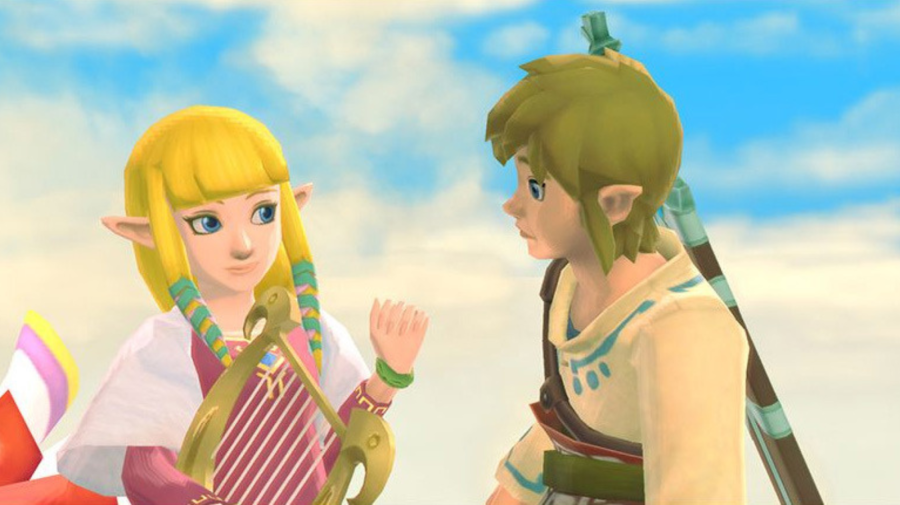
Most of the games are set in the land of Hyrule, for example. And they feature the silent hero, Link — literally, the link between the player and the game — and Zelda, a member of Hyrule’s royal family. Although each game features different incarnations of Link and Zelda, an ancient evil, most often made manifest through the villain Ganon, serves as the narrative backbone of the series.
While Zelda’s rich lore deepens and expands with each new release, there are a few touchstones that remain — there are the three goddesses who forged Hyrule, Nayru, Din and Farore, as well as the mystical Triforce — the ultimate source of power in Hyrule that balances the qualities of wisdom, power and courage, and which is represented by three golden triangles. As you might expect, Zelda, Ganon and Link all represent a different aspect of this trinity.
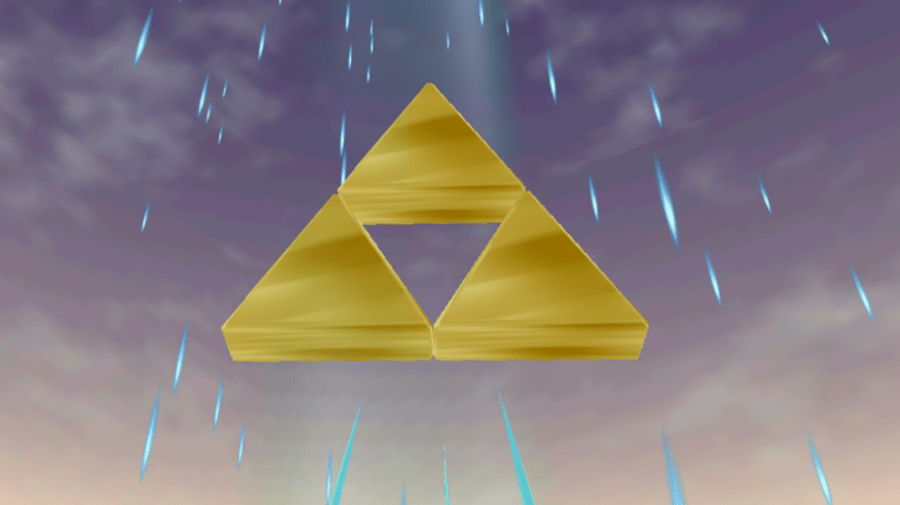
If you’re not familiar with the series, you might mistakenly assume that the player character is Zelda, not Link. But the series was named after the princess as a kind of tribute to novelist and socialite Zelda Fitzgerald. Reportedly, Miyamoto thought her name sounded both “pleasant and significant”. (Apparently, even Robin Williams agreed with Miyamoto.)
“It’s Dangerous to Go Alone”: Inspiration Behind the Series
Tezuka cites J.R.R. Tolkien’s The Lord of the Rings as a source of inspiration for the high-fantasy adventure, though it’s clear that Zelda draws from other stories, too. Link’s green ensemble — and the fact that he’s sometimes accompanied by a fairy companion — recall Peter Pan, and our hero’s iconic weapon, the Master Sword, is based on the Arthurian Excalibur. But the game’s emphasis on exploration stems from Miyamoto’s experiences as a kid, exploring the hillsides, forests and caves of Sonobe, Japan.
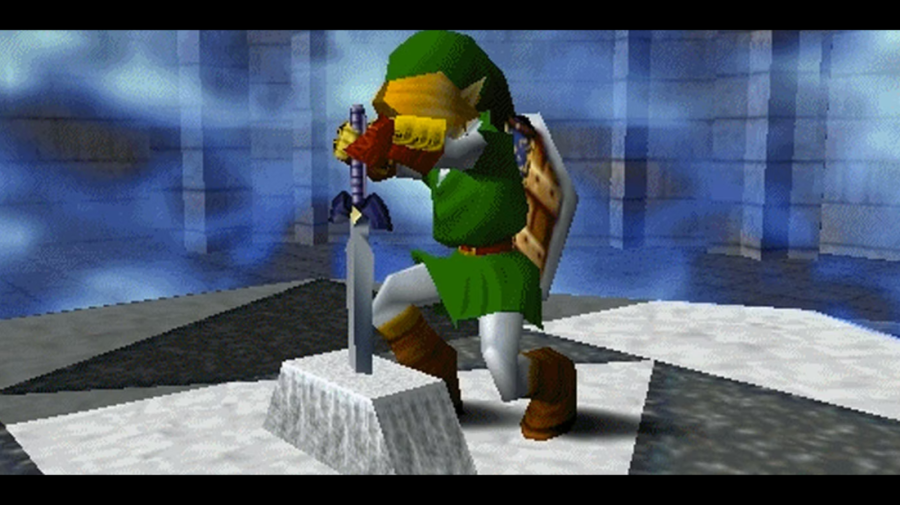
Although the Zelda games are narrative-driven, the world Miyamoto and Tezuka created is just a foundation. With so much to explore and speculate on, fans have created their own stories and theories about Hyrule and its inhabitants. That’s always been the beauty of the series. The world-building is great, but it’s never complete — there’s always another story, dungeon or path to explore.
Much of the series’ success is thanks to its uncanny ability to really transport players into Link’s boots. Link never directly speaks, with other characters simply inferring what he says. The move isn’t meant to capitalize on the “strong, silent type” trope. Instead, it’s meant to make Link more of a blank canvas. The player can feel like they really are the hero.
Koji Kondo’s Unforgettable Music
The music featured in the long-running series deserves its own article. From the very first game, players fell in love with the sounds of Hyrule and of Link’s epic adventure. Although the Nintendo 64’s The Legend of Zelda: Ocarina of Time was the first to make music an instrumental part of the gameplay and story, that progression felt pretty natural given just how singular Koji Kondo’s scores were — and remain.
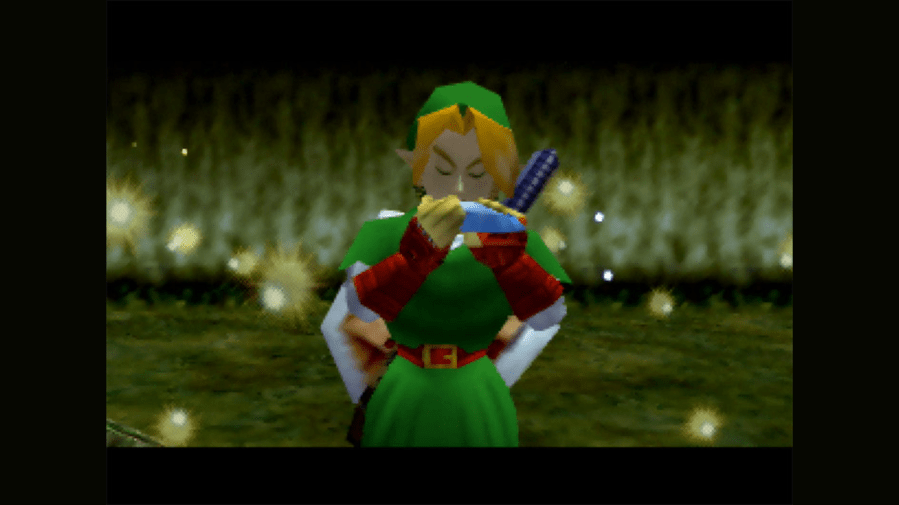
Whether you hear the first few notes of “Zelda’s Lullaby”, “Fairy Fountain”, the Zelda “Main Theme” or any other piece of music with Kondo’s stamp on it, you’ll find yourself instantly transported. And not just to Hyrule, either. The sounds of the Zelda series are nostalgic in their own right, from the tracks that score epic battles to the sound effects that signify you’ve attained a new item. Much like a John Williams’ score, Kondo’s work is another reason the series has endured.
When Did The Legend of Zelda Come Out?
The first game, The Legend of Zelda, debuted in 1986 for the NES. Featuring a top-down perspective, the game lets you navigate Link through a somewhat-open over-world and into the perils of Hyrule’s various dungeons.
Along the way, you’ll collect weapons and items, hack away at enemy monsters and discover more of the game’s story and Hyrule’s lore. Although it’s not often grouped among role-playing games (RPGs) — it lacks some of the genre’s defining characteristics — this first title is, in many ways, the forerunner of the action RPG sub-genre.
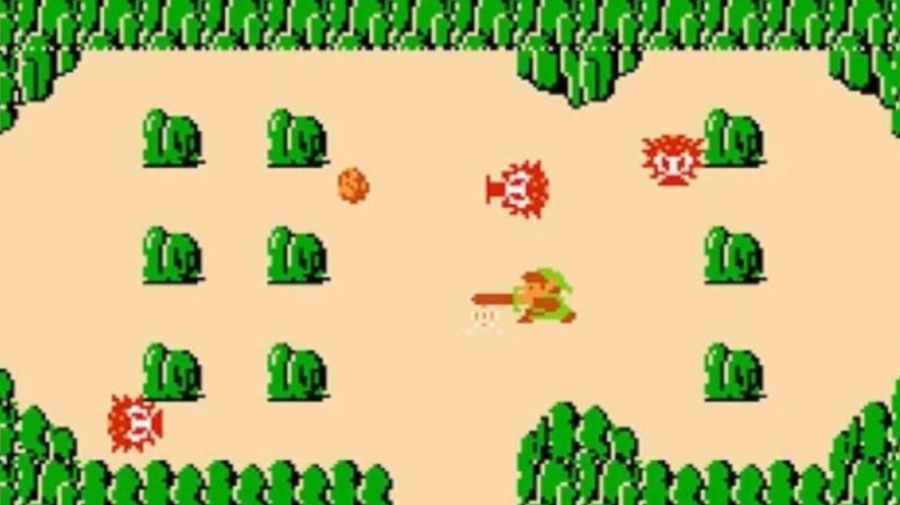
Not to mention, it made the narrative aspect of games more important. Players wanted more of Hyrule — the world itself, the lore and its characters. And it convinced hardcore gamers, who favored arcades to home consoles, that the NES wasn’t just a toy, but a serious piece of hardware with the potential to run impressive RPGs.
When it came out in Japan, this first game sold 1 million copies in its first day alone. In 1987, it became the first game to push 1 million cartridges in the U.S. and, just three years later, jumped to 3 million copies sold stateside. Thanks to the game’s various re-releases on Nintendo consoles over the years, The Legend of Zelda has sold upwards of 6 million copies over its lifetime.
With so much world to explore, secrets to uncover, and, for the time, impressive graphics, The Legend of Zelda helped shape the video game industry going forward.
How Many Legend of Zelda Games Are There?
Perhaps more importantly, though, The Legend of Zelda launched one of Nintendo’s definitive franchises. The first sequel, Zelda II: The Adventure of Link, came out in 1988 for the NES. It was quite the departure, too. While The Adventure of Link introduced some more RPG-esque elements that would become franchise staples — the “magic meter”, for one, which is like a regenerating health bar but for your ability to use magic — it also leaned heavily into side-scrolling and platforming mechanics.
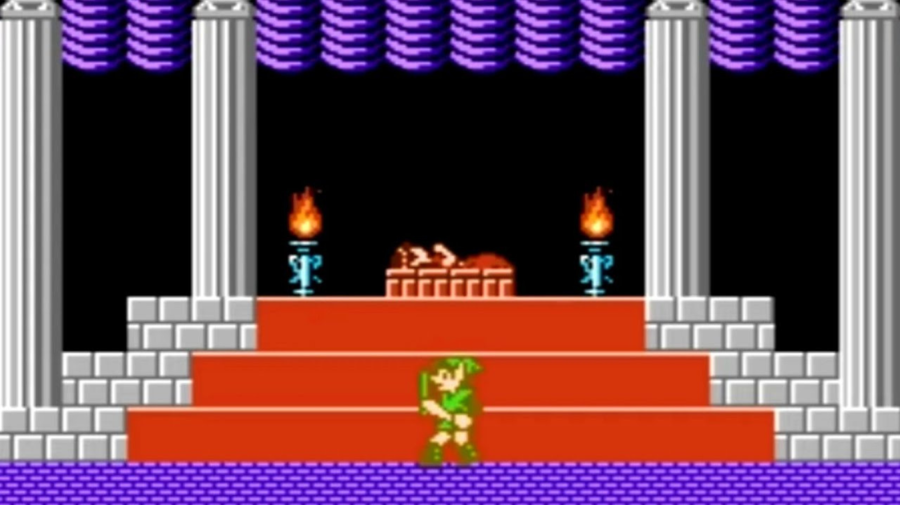
In 1991, what’s cited as a landmark game in an already landmark series debuted on the Super Nintendo Entertainment System (SNES). The Legend of Zelda: A Link to the Past cemented quite a few recurring themes, tropes, items, characters and gameplay and story elements.
A Link to the Past brought us the Master Sword and the notion of parallel worlds — something that is important to the series’ chronology — and it brought back the top-down point of view. One of the best-selling SNES games of all time, it had pushed 4.61 million copies worldwide as of 2004, though that number has likely increased due to later re-releases.
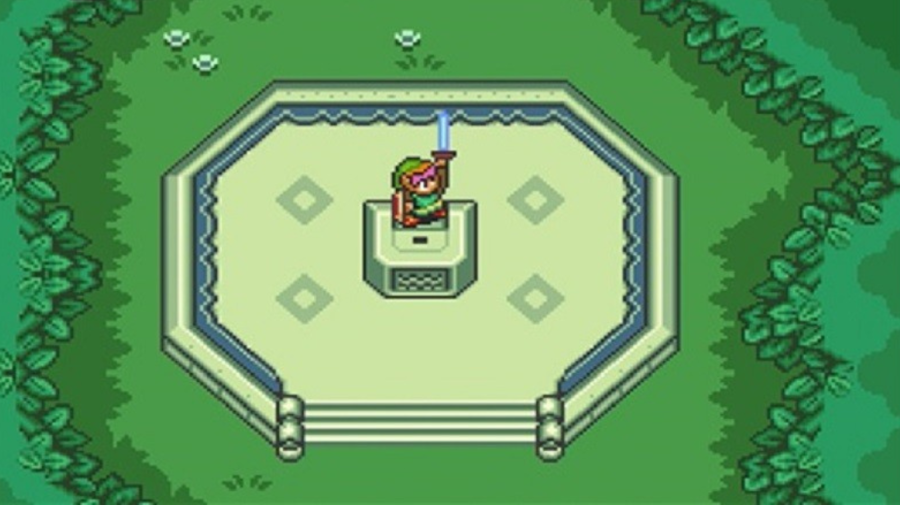
While A Link to the Past is often cited as one of the greatest — if not the greatest — games of all time, Nintendo upped the ante yet again with The Legend of Zelda: Ocarina of Time. Debuting on the Nintendo 64 in 1998, Ocarina of Time received numerous perfect scores from reviewers, including from critics at the infamously tough Famitsu. Released just 39 days before the end of the year, it sold 2.5 million copies in 1998 alone. Over its lifetime, Ocarina of Time has sold more than 7 million copies worldwide.
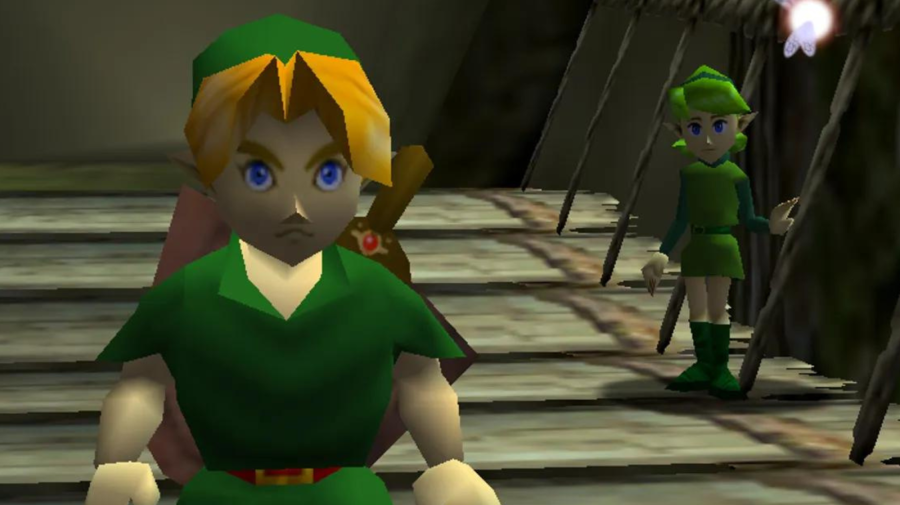
Many gamers would consider Ocarina of Time the best game of all time, and for good reason. Seeing Hyrule in glorious 3D for the first time was mind-blowing in the ‘90s. Gameplay-wise, it introduced the target-lock system, which became a staple in the industry. The story saw Link traversing two timelines in order to defeat Ganon and save Hyrule. And, of course, there was the titular ocarina — a musical instrument that figured prominently into the gameplay.
Thanks to its success, Ocarina of Time is one of the few Zelda games to have spawned a direct sequel — 2000’s The Legend of Zelda: Majora’s Mask, which was a markedly darker game with an apocalyptic premise. Of course, every subsequent Nintendo console has boasted its own incredible Zelda game. The GameCube (GCN) had 2002’s The Legend of Zelda: The Wind Waker, a beautiful, cel-shaded game that provided Ocarina-style gameplay, while also having the player sail around the overworld.
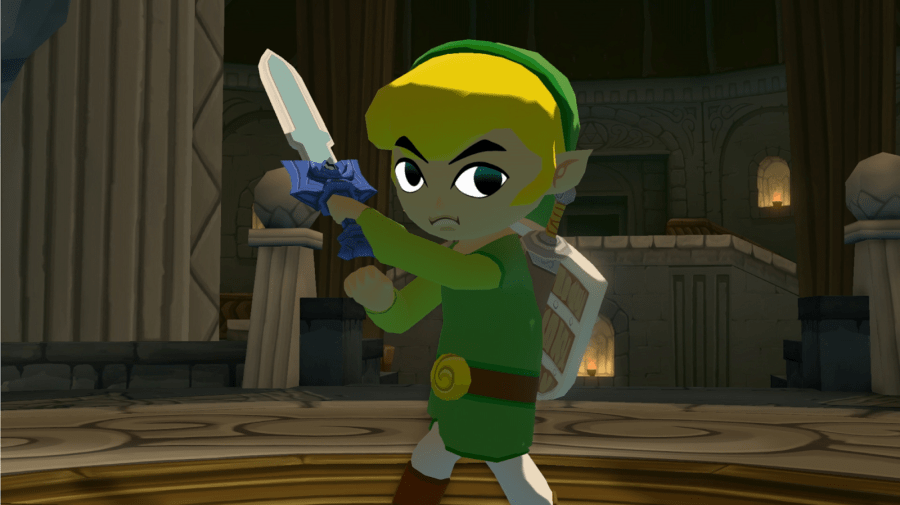
The Legend of Zelda: Four Swords Adventure, which hit the GCN in 2004, took a stab at multiplayer fun (alongside the The Legend of Zelda: A Link to the Past & Four Swords, a Game Boy Advance title that debuted in 2002). In 2006, the grittier The Legend of Zelda: Twilight Princess followed these more cartoonish games, releasing simultaneously on GCN and the Wii.
Later in its life cycle, the Wii was home to 2011’s The Legend of Zelda: Skyward Sword; instead of tacking on motion controls a la Twilight Princess, Nintendo built Skyward Sword with the Wii’s motion control innovations in mind.
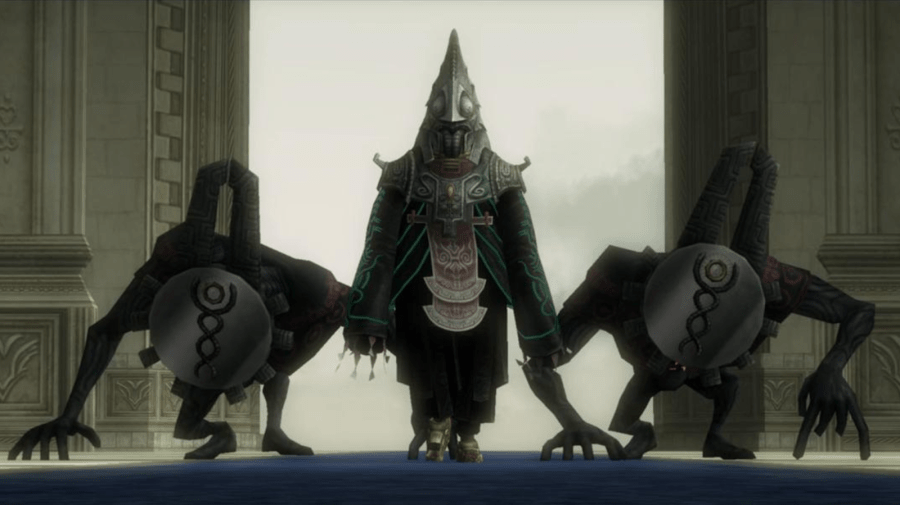
And, of course, 2017 saw the series taking another bold, innovative step forward with Breath of the Wild, the franchise’s first truly open-world game that maximizes the player’s ability to explore an incredibly detailed and carve out their own narrative path.
Starting with The Legend of Zelda: Link’s Awakening in 1993, plenty of Zelda titles have also landed on Nintendo’s handheld systems, including The Legend of Zelda: Oracle of Seasons and Oracle of Ages (both 2001), The Minish Cap (2004), Phantom Hourglass (2007), Spirit Tracks (2009) and A Link Between Worlds (2013) and The Legend of Zelda: Tri Force Heroes (2015). All great in their own right, these handheld releases kind of fill the gaps between the console releases.
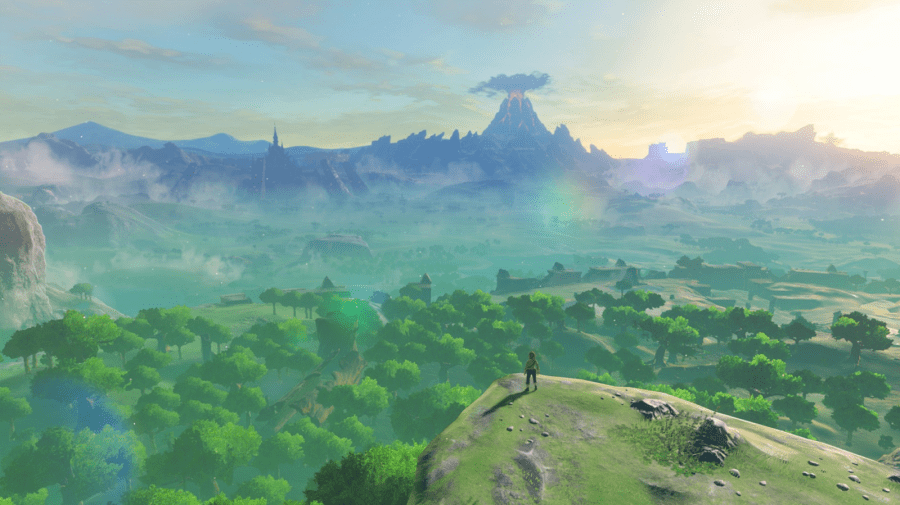
Of course, there have also been several HD updates and remakes — Ocarina of Time (2011) and Majora’s Mask (2015) were both ported to the handheld 3DS, for example, while Link’s Awakening (2019) got a more full-fledged remake for the Switch.
With 19 mainstay titles — and a bunch of re-releases and remakes — The Legend of Zelda shows no signs of slowing down. The series’ next installment is set to be a direct sequel to Breath of the Wild.
Everything We Know About The Legend of Zelda: Breath of the Wild 2
While there have been a few trailers for the Switch sequel — tentatively titled Breath of the Wild 2 — we don’t know a whole lot about the game. While Nintendo had plans to release it in late 2022, the game’s launch has been pushed back to spring 2023. The development team decided it was best for them and the game — it’s an epic, immense undertaking, after all.
At E3 2021, we got a glimpse into the game. Link seemingly takes to the skies, perhaps not unlike Skyward Sword and a level in Twilight Princess. While it’s unclear how much the gameplay will differ from the original Breath of the Wild, it seems that something funky has happened to Link’s arm, perhaps granting him new abilities (or challenges). While it’s not clear if Breath of the Wild 2 will allow for a fully open-world, non-linear experience again, exploration remains essential.
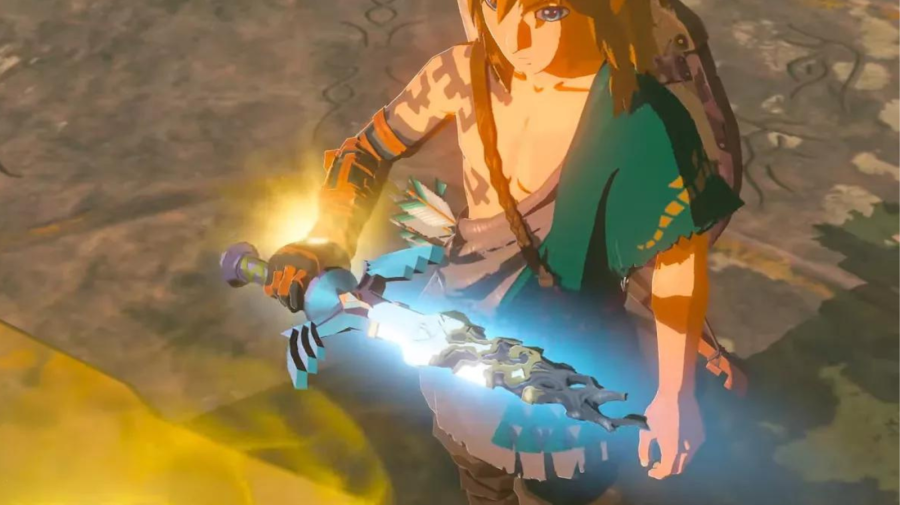
“The adventure in this sequel will take place not just on the ground as in the previous game, but also in the skies above,” Producer Eiji Aonuma stated. “However, the expanded world goes beyond that, and there will be an even wider variety of features you can enjoy, including new encounters, and new gameplay elements. In order to make this game’s experience something special, the entire development team is continuing to work diligently on this game, so please wait a while longer.”
In March 2022, when the team announced the game’s delay, a new clip shows a yellow sphere of light interacting with the Master Sword, its blade eaten away. Already, the internet is swirling with rumors about the game’s plot. And that alone is a real testament to The Legend of Zelda, one of gaming’s most immersive, enduring series.






